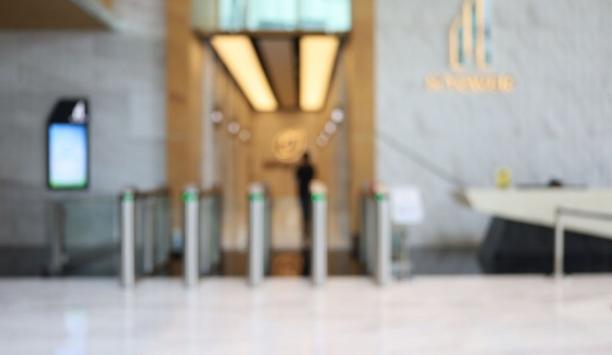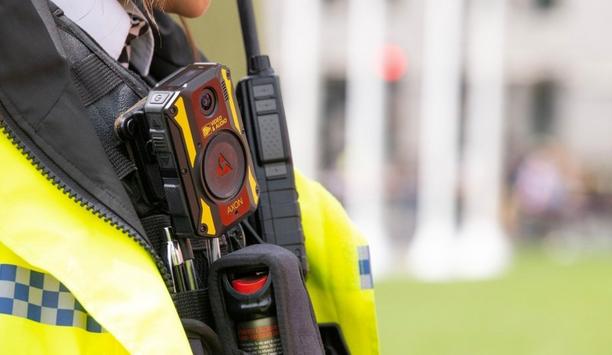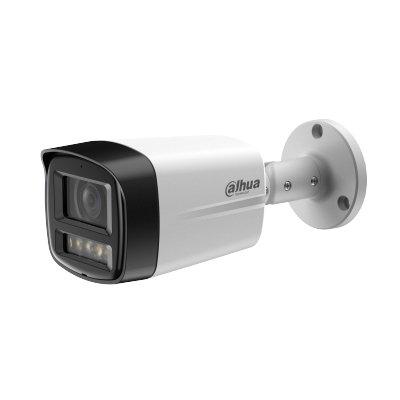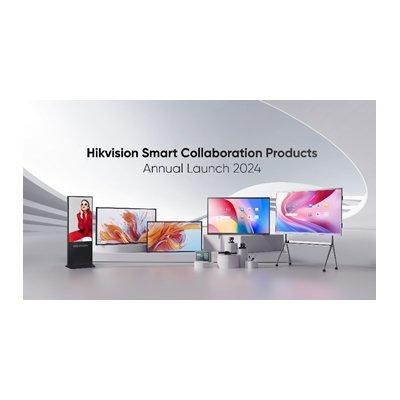How should total cost of ownership (TCO) impact security decisions?
Editor Introduction
Direct costs such as purchase price and maintenance are important elements in the total cost of ownership (TCO). However, there are others. Elements such as opportunity costs of lost revenue or hidden costs of energy consumption and environmental consequences can also impact the measure of TCO. Costs of training, integration, support, and scalability can also be examined. Considering the security industry impact of TCO, we asked this week's Expert Panel Roundtable: How does/should total cost of ownership (TCO) impact the decision-making process when choosing technologies for security?
Total cost of ownership (TCO) should play a role in the decision-making process for selecting security technology, though the extent of its importance depends on the specific situation. For any agency, business, or corporation, essential TCO considerations for investing in new technology or updating existing infrastructure involves evaluating initial technology costs, annual operational expenses, and even specific technology costs such as cloud services and the maintenance or upgrade of storage and GPUs. However, TCO should be considered alongside other critical factors like ROI, product functionality, scalability, and cybersecurity. In some cases, a solution with a higher TCO might be chosen because it offers a superior product that effectively addresses specific challenges. Ultimately, a comprehensive evaluation of these elements ensures a balanced and informed decision. In parallel, technology providers must be mindful of the costs we pass on to our customers. We can improve TCO by making our technology more efficient, optimising it for the necessary hardware, and ensuring best-fit sizing for long-term success. While TCO can certainly set technology providers apart, it should not be the only consideration on the table when considering technology solutions.
While a system may seem less expensive upfront, there can be indirect costs that add to the total cost of ownership (TCO) in the long run. For example, consider the costs associated with training new operators. There could be time and resource savings if all systems are within one familiar interface. A unified platform also allows you to capture and interpret data from many devices in your ecosystem, delivering business intelligence that enhances operations beyond security. Ease of training, faster learning, common operating procedures, and simple collaboration are all value adds to the TCO. Finally, consider the licencing model. Is it based on a perpetual licence or a “pay as you grow” model that scales with you? This can help you determine if the system will be a capital expense or operational expense and how that impacts on your budget both now and in the long term.
Any enterprise considering security technology will want to know the TCO to help determine if it’s a worthwhile investment. That said, how suitable TCO is as a decision-making tool depends on how it’s calculated. Businesses might include implementation and deployment costs but fail to adequately capture operational expenses over time. For example: when personnel leave, new staff will need to be hired and trained. Breaches need to be factored into TCO. A TCO that doesn’t reflect present security realities like these could lead decision-makers astray. To minimise the risk of this, businesses can implement a formal investment governance model that follows best practices for determining TCO. Ultimately, a better guideline might be to consider if an investment aligns with the enterprise’s core competency. If it doesn’t, the more practical, higher-value solution could be to bring in an expert external partner to provide that function.
We can all agree on the importance of physical security. However, when it comes to choosing the devices organisations actually deploy, things can get confusing. Especially as expectations wax and budgets wane, many security professionals find themselves torn between integrating professional-grade solutions and DIY products, such as Ring or Nest cameras. While opting for the latter may be tempting from a price-point perspective, we believe investing in industry-trusted systems actually reduces TCO in the long run. After all, devices built with high-quality materials are proven to outlast and outperform their cheaper counterparts, preventing both the costs associated with system failure and system downtime. Not to mention, most solutions that represent lower capex investment on front end also come with limited warranties, which can present costly complications down the road. On top of this, deploying technology platforms designed to integrate future upgrades and features (e.g. additional device integrations, advanced analytics, etc.) ensures organisations won’t need a complete system overhaul, as their needs evolve.
Total cost of ownership calculations must include not only the upfront costs of purchasing, installing, and integrating a system but also the costs of maintenance. This includes identifying and resolving problems with the system as time goes on. Problems can include dirty or obstructed camera lenses, access control points that do not open doors, and hard drives containing video evidence that have error statuses. The maintenance costs should include a budget for identifying, repairing, and replacing components so that the system performs as you expect it to and so you can be sure you will have the evidence you need after an incident.
In the evolving landscape of security technology, decision-makers are faced with a myriad of options, from traditional surveillance systems to advanced AI-driven analytics. Total Cost of Ownership (TCO) plays a crucial role in this decision-making process. TCO includes not only the initial purchase price but also the long-term costs associated with operating and maintaining the technology. Incorporating TCO into the decision-making process is not just a financial exercise, but a strategic one. It ensures that organisations are not blindsided by hidden costs enabling them to make informed decisions that support their long-term security objectives. By thoroughly understanding and planning for the TCO, organisations can select technologies that provide the best value, enhance security effectiveness, and ensure financial sustainability.
Considering TCO is important for end-users seeking to make an informed decision about any technology they may be contemplating. The manufacturer or systems integrator must take a consultative approach to fully explain the value, which takes time and effort. Unlike “box movers,” who focus on initial price instead of value, the TCO calculation includes operational costs, training, upgrades, and future maintenance. Of course, TCO is only one part of the decision-making process. Other factors may trump TCO such as capex vs opex budgets. Some A&Es and consultants may not focus on TCO but instead on what they know and trust based on the old idea of “No one got fired for buying IBM.” With technology in the physical security space evolving so rapidly, this is no longer a safe bet for many customers. TCO provides a comprehensive view of financial commitment, enabling organisations to perform a more accurate cost-benefit analysis.
Total cost of ownership within the security market is a hot topic at present as the number of SaaS and Cloud-based providers entering the industry steadily increases, changing the landscape of system ownership. Indeed, many major players in the access control market now have some kind of cloud-based offering. The shift from outright software and hardware ownership to a cloud-based model (often with subscriptions for both hardware and software) means that for many, ownership is now an ongoing, service and subscription-based commitment rather than an outright purchase.
Editor Summary
Total cost of ownership (TCO) is a familiar concept in the security marketplace, but it’s one that could be more effectively and practically applied in the real world. Our Expert Panellists point out several opportunities for customers to embrace TCO and, in the process, to get more value for their security spend.
- Related companies
- TDSi
- Genetec, Inc.
- Speco Technologies
- Salient Systems
- BriefCam
- Ai-RGUS
- i-PRO
- Bell
- Related links
- Genetec CCTV software
- Salient Systems CCTV software
- Speco Technologies Power supplies & batteries
- TDSi CCTV software
- TDSi Power supplies & batteries
- Salient Systems Video servers (IP transmission)
- TDSi Video servers (IP transmission)
- Detection Software CCTV software
- Drawing Software CCTV software
- IP Surveillance Software CCTV software
- Management Software CCTV software
- Recording Software CCTV software
- Monitoring Software CCTV software
- Surveillance Software CCTV software
- View all news from
- TDSi
- Genetec, Inc.
- Speco Technologies
- Salient Systems
- BriefCam
- Ai-RGUS
- i-PRO
- Bell
Expert commentary
- Enhancing collaboration in physical security operations
- Global regulations of AI: the role and impact on the physical security industry
- Mind the gap: Addressing cybersecurity at every phase of technology management
- When choosing an access solution, make Total Cost of Ownership a key part of the calculation
Palm vein recognition
DownloadThe key to unlocking K12 school safety grants
DownloadPhysical access control
Download5 surprising findings from OT vulnerability assessments
DownloadHoneywell GARD USB threat report 2024
DownloadDahua 4MP WizColor Bullet Camera with Fixed-Focal and WizSense AI
Hikvision WonderHub: Interactive Displays for Collaboration
Verkada GC31 Cellular Gateway for Seamless Device Connectivity






















